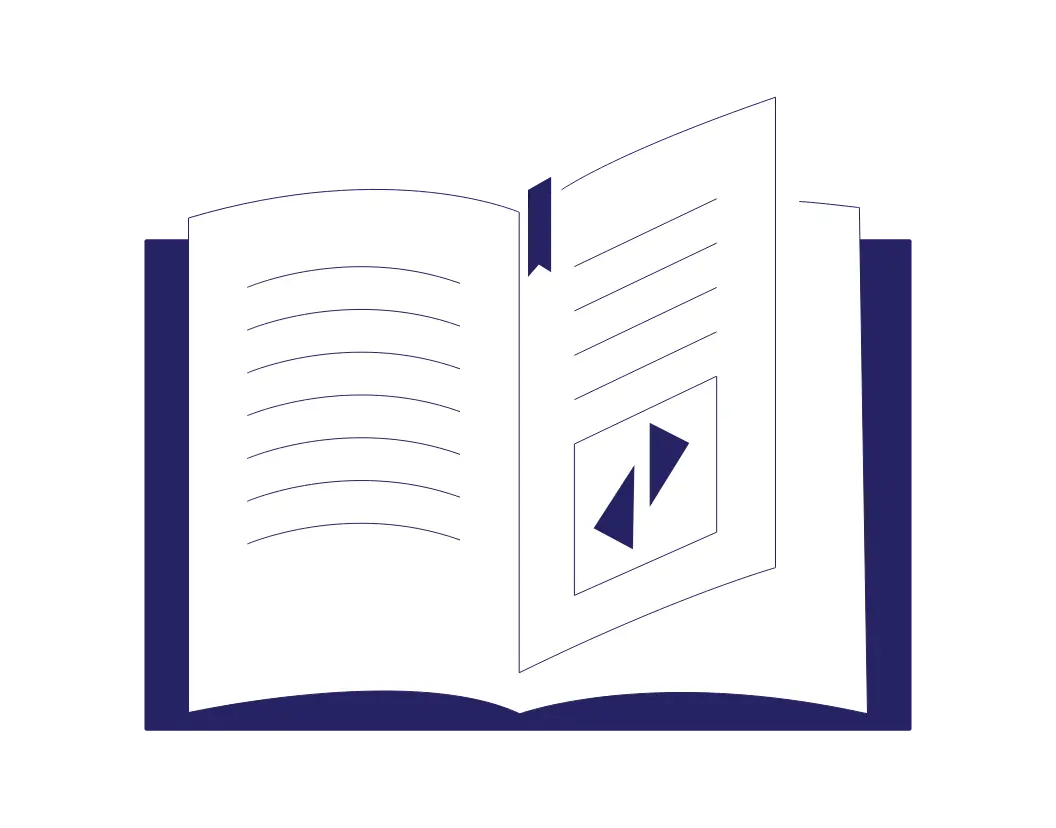Storytelling isn’t just a form of entertainment. It’s a powerful tool that helps us shape and understand our shared human experience. Data storytelling refers to the skill of communicating key points of data analysis in a narrative form that will connect with people more effectively than lists of numbers. This post will examine the following:
1. What is data storytelling?
2. Why is data storytelling important?
3. How can you excel at data storytelling?
What Is Data Storytelling?

Data storytelling is an impactful technique that involves translating data insights into a compelling narrative. The technique surpasses the mere presentation of raw data by incorporating elements of storytelling to make the information more engaging and memorable. The amount of data in fields such as business, marketing, and health care is skyrocketing, and data storytelling can help make sense of this vast amount of information by distilling it into a coherent and relatable story. The incorporation of narrative elements such as characters, plot, and conflict into data presentation can help communicate key messages and drive decision-making based on insights derived from the data.
The Three Elements of Data Storytelling
Data storytelling has three essential elements: data, narrative, and visualization.
1. Data
High-quality data is the bedrock of good data storytelling. Data should be accurate, complete, up-to-date, and insightful relative to the problem at hand.
2. Narrative
The narrative aspect of data storytelling provides context and explains why the data is important. Like many good stories, the narrative should be engaging, memorable, and easy to understand.
3. Visualization
The last key element of data storytelling is data visualization, which involves the visual representation of information using charts, graphs, or tables. Data visualization can be a powerful means of showing people how the data is connected to the narrative.
Why Is Data Storytelling Important?
Data storytelling is valuable for effectively communicating complicated information. By reshaping data into a narrative, we can break down convoluted concepts into digestible chunks, allowing the audience to grasp and engage with the information. This approach not only simplifies the data’s message but also adds context and meaning, enhancing the overall understanding of the message being conveyed.
Additionally, data storytelling fosters better comprehension and understanding among audiences. When you convey data in a story format, it appeals to both logic and emotion, creating a more memorable experience. By connecting data points, individuals are more likely to remember key insights and draw meaningful conclusions from the information shared.
Furthermore, effective data storytelling can motivate decision-making and inspire action. Presenting data in a cogent story format can influence audiences to take specific actions or make informed decisions based on the insights provided. Stories have a unique ability to evoke emotions and drive engagement, leading individuals to respond to the data presented by implementing new strategies or changes.
Why Is Data Storytelling Important for Business Teams?
Data storytelling can play a pivotal role in enhancing business team members’ comprehension of complex data. By weaving data into a narrative, we make it more accessible and easier to understand for team members who don’t have a background in data analysis. Data storytelling helps translate obscure data analysis findings and makes grasping key insights and implications easier for everyone.
Data storytelling also facilitates better decision-making through clear communication. When you present data in a story format, you’re helping team members see the connections between data points and understand the cause-and-effect relationships. This clarity enables more informed decision-making processes because stakeholders can see how specific actions or strategies are supported by data-driven evidence.
Additionally, employing data storytelling techniques results in engagement and buy-in from team members. Instead of presenting dry facts and figures, you can tell a compelling story around the data, thereby capturing attention and connecting with the audience emotionally. This engagement leads to a deeper understanding of the insights being shared, prompting increased buy-in from stakeholders, who are more likely to support decisions backed by well-crafted data stories.
Why Is Data Storytelling Important for Content Creation?
Incorporating data storytelling into content creation offers numerous benefits across various aspects of business operations. One significant advantage is improved communication between clients and partners. By presenting data in a narrative format, we make complex information more accessible and engaging, cultivating better understanding by and connection with the audience.
Furthermore, leveraging data storytelling helps build a data-driven culture within the organization. By integrating data into compelling narratives, we encourage employees to make decisions based on insights rather than assumptions, promoting a culture of informed decision-making and continuous learning.
Finally, businesses can gain a competitive edge through persuasive storytelling supported by data. Crafting stories that resonate with the target audience emotionally while being supported by relevant data can differentiate a brand from its competitors, enhancing credibility and establishing thought leadership in the industry.
How Can You Excel at Data Storytelling?
Now that we’ve discussed what data storytelling is and why it’s important, we’ll go over the main components of data storytelling and offer some top tips on how to ace it.
1. Identify what your data is telling you.
In data storytelling, the first step is finding the story in the data. Look at the dominant trends but also examine any interesting outliers or contractions in the data and explain their part in the story. When identifying the story in the data, consider the message you want to communicate to your audience. What key points or takeaways do you want the audience to glean from the story? By focusing on this message, you can begin to craft a compelling narrative that resonates with listeners.
2. Target your audience.
The next step is identifying your target audience and understanding how to frame your story to relate to the experiences of the people listening to it. It’s also critical to know your audience so you’re able to anticipate any misinterpretation of the data. Also, make sure to adjust the technical complexity of your data story so the narrative is engaging – rather than alienating – the people to whom you’re presenting.
3. Construct your narrative.
Constructing a compelling narrative is the next step. A common approach is to think about the narrative in four parts: providing context, introducing characters, stating the problem, and communicating the solution. First, clearly define the purpose and context of your story. For example, are you aiming to inspire potential customers to take action, persuade stakeholders, or inform decision-makers? Tailor your narrative to resonate with your audience’s interests and concerns. Second, identify the key characters in your story (the protagonists and antagonists) and clearly introduce them. Third, clarify the problem, using data to support your claims. Finally, present a path forward and support your solution with data-driven evidence.
4. Provide a few simple but powerful visualizations.
As discussed above, data visualizations are an essential component of data storytelling. At the same time, it’s important not to confuse or overwhelm your audience with excessive or overly crowded visualizations. Choose a few visualizations and ensure each has a clear purpose. Focus on a few key data points in each visualization and explain their meaning with nontechnical language. Also, make sure you clearly label your visualizations using a font size and style that everyone in your audience can easily read.
5. Proofread and practice your presentation.
Finally, the effectiveness of your data storytelling will depend largely on how you present your story. It’s imperative to edit and proofread your presentation to ensure it’s free of distracting errors or typos. When presenting your data story, try to connect with your audience, use personal stories or anecdotes when appropriate, and make the people behind the data – rather than the numbers – the stars of the show. Watching other great storytellers honing their craft can provide inspiration!
Conclusion
Ultimately, the goal of data storytelling is to convey data-derived information and insights coherently, effectively, and engagingly. The story should leave your audience informed and enlightened; it should empower the audience with newfound knowledge and perspectives. After you’ve followed the steps above – identifying your data story, targeting your audience, constructing your narrative, adding visualizations, and proofreading and practicing your presentation – you’ll be well on the way to acing your data story.
Should you need help editing or proofreading your data story, Proofed For Business is here to assist in perfecting your presentation. If you’d like to know more about how our team of experts can polish your professional content, schedule a call today!


